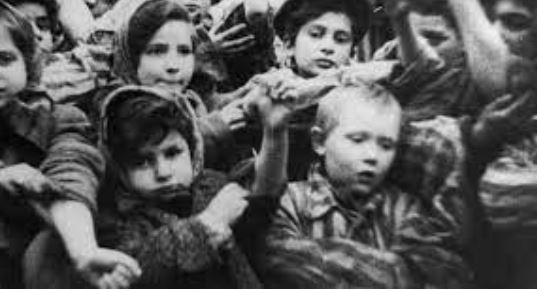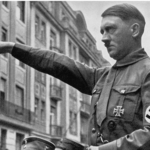The Holocaust, the systematic extermination of six million Jews (as well as millions of other groups persecuted and killed by the Nazis, such as Romani people, Poles, Soviet POWs, disabled individuals, homosexuals, Jehovah’s Witnesses, and others), had a profound impact on children. Children were particularly vulnerable to Nazi persecution. Their experiences during the Holocaust were varied and complex. Here’s a brief overview:
Targeted for Extermination: Young children were often the first to be sent to gas chambers in extermination camps because they weren’t suitable for forced labor. At Auschwitz, for example, those who were too young or weak to work were immediately selected for death.
Hidden Children: Some Jewish children were hidden from the Nazis and were either raised as non-Jews, sent to live in convents or monasteries, or hidden in homes, barns, or forests.
Ghettos and Camps: Children in ghettos faced starvation, disease, and death. Many were sent to concentration camps with their families. There were few exceptions to the brutality, though occasionally, there were cases like the children of Terezin (Theresienstadt) who produced a newspaper and secretly wrote poems and drew artwork.
Medical Experiments: Children, especially twins, were subjected to cruel medical experiments by Nazi doctors like Josef Mengele in Auschwitz.
Child Soldiers: Near the end of the war, the Nazis began using teenage boys to defend their dwindling territories. The 12th SS Panzer Division Hitlerjugend, for example, was primarily made up of Hitler Youth members as young as 16.
Survival: Few children survived the Holocaust. Their youth, which would typically signify hope and future potential, made them prime targets for Nazi brutality.
Post-War Trauma: Children who survived faced immense trauma. Many lost their entire families and had to grapple with what they experienced for the rest of their lives. After the war, some were fortunate to reunite with family members or were taken in by other families, but their experiences often left indelible marks.
Notable works, like “The Diary of Anne Frank,” shed light on the experiences of children during the Holocaust. Additionally, organizations and memorial sites worldwide ensure that the stories of these children, whether they survived or perished, are remembered and honored.




